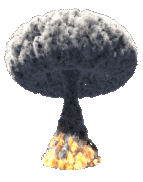Following World War II the United States entered into a "Cold War" with the Soviet Union in a competition between communism and socialism vs. capitalism and a democracy. The height of the Cold War was the Arms race in the 50s and 60s when both sides were competing with each other over having the most powerful weapons. The situation escalated to the Cuban Missile Crisis, when the Soviets placed nuclear warheads in Cuba. Both sides eventually backed down to prevent a nuclear armageddon. SALT I & II were important for eventual peace between the two sides. The Cold War also involved the Space Race, where the Soviets and Americans raced both to space and the moon. The Soviets were the first in space and the Americans were the first (and only ones to reach) to the moon. The Cold War ended with the collapse of the Soviet Union in 1991. The Cold War also spread to Korea and Vietnam in two proxy wars that involved the U.S. Though the United States did not fight the Soviet Union directly in these wars it is a part of the Cold War as a larger effort of the U.S. to contain communism.

The Cold War
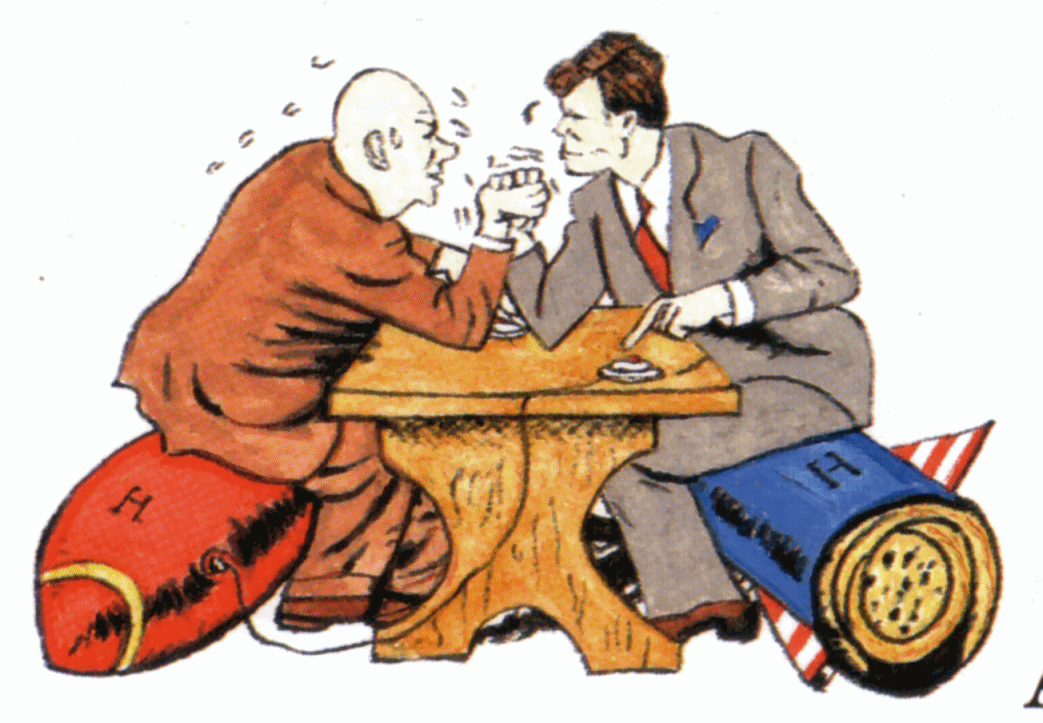

Origins
Media
The Cold War
Crash Course




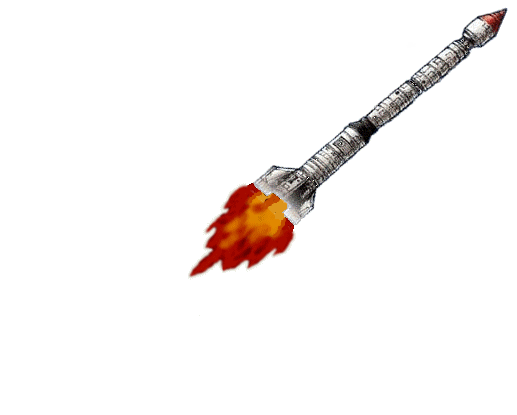
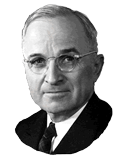
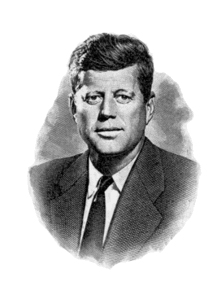

Home Front & End
Media
End of the Cold War
Crash Course
the red scare



space race
detente to end

JFK's Rice Stadium Speech, challenging the U.S. to go to the moon.

American, Neil Armstron, aboard the Apollo 11 mission was the first to reach the moon.

Soviet satellite, Sputnik was the first to space.

Soviet cosmonaght, the first man in space,
Yuri Gagarin

The U.S. and U.S.S.R. loosened their tensions with the detente to end of the Cold War





hOT wARS
Media
The Cold War in Asia
Crash Course

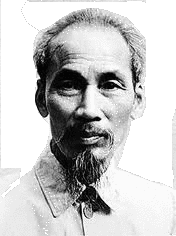
Korea





American General Douglas McArthur
The Korean War began with the North's invastion of South Korea.
Vietnam

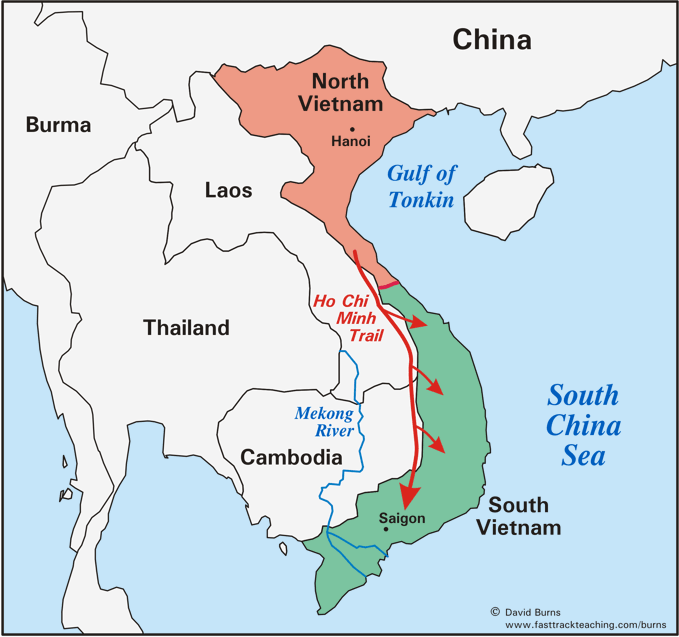
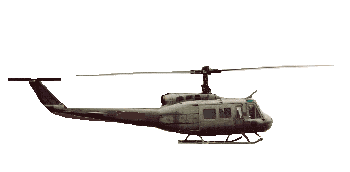
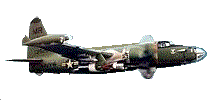
The 1954 Geneva Conference divided both Korea and Vietnam into a North and a South.



To enlist soldiers the U.S. resorted to the draft.

The Tet Offensive was a major setback for the Americans, having to deal with guerilla warfare tactics.

The My Lai Massacre was a key event in losing favor for the war on the American homefront.

Public opinion of the war shifted, and the peace movement began in the U.S. calling for an end to the Vietnam War.
Many Americans protested the war.
The Paris Peace Talks began negotiations to end the war.

The U.S. finally withdrew from Vietnam in 1975. There was a panic to be on the last helicopter out of Saigon.


The Vietnam Veterans Memorial was dedicated in 1982. Designed by Maya Lin, who was an aspiring architect and won a contest for the design. The wall gives the names of all the casualties of the Vietnam War.
The Korean War Memorial in Washington D.C.











